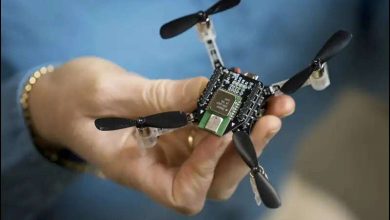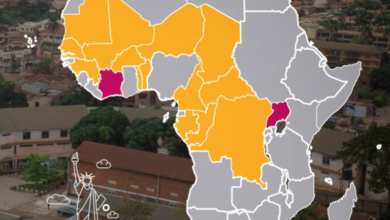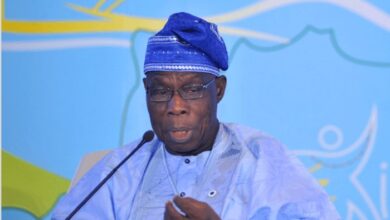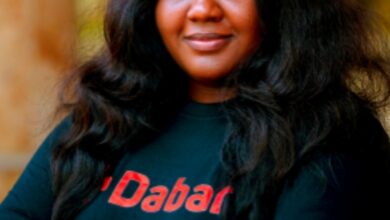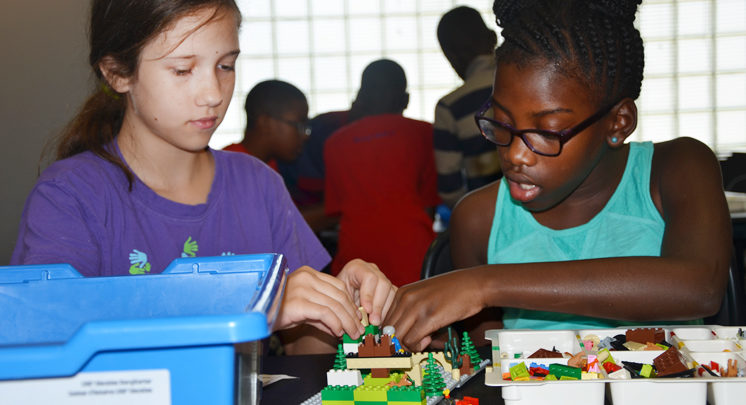
South Africa’s education system has changed from one divided by race to one divided by class. Those with financial and socio-cultural capital are able to access quality education and, consequently, realize substantial academic success. Broadly speaking, this group of people are urbanized, reside in the economically dominant provinces of Gauteng and the Western Cape, and is racially mixed.
However, poor South Africans – who are predominantly (but not entirely) Black and live in rural areas, townships and the poorer provinces – are relegated to schools still suffering from apartheid’s resource neglect. These schools have an inadequate number, and standard, of toilets, libraries, teaching resources, computer facilities and science laboratories; or in some cases, none at all. They also have high learner to teacher ratios, weak school management and poor academic achievement levels.
These schools have an inadequate number, and standard, of toilets, libraries, teaching resources, computer facilities and science laboratories; or in some cases, none at all. They also have high learner to teacher ratios, weak school management and poor academic achievement levels.
Despite considerable education policy and legislation changes, as well as significant financial inputs by the State, for the vast majority of these learners, this class apartheid is now so entrenched that neither their legal rights with respect to school choice, nor even their geographical proximity to good schools, grants them access to quality education.



